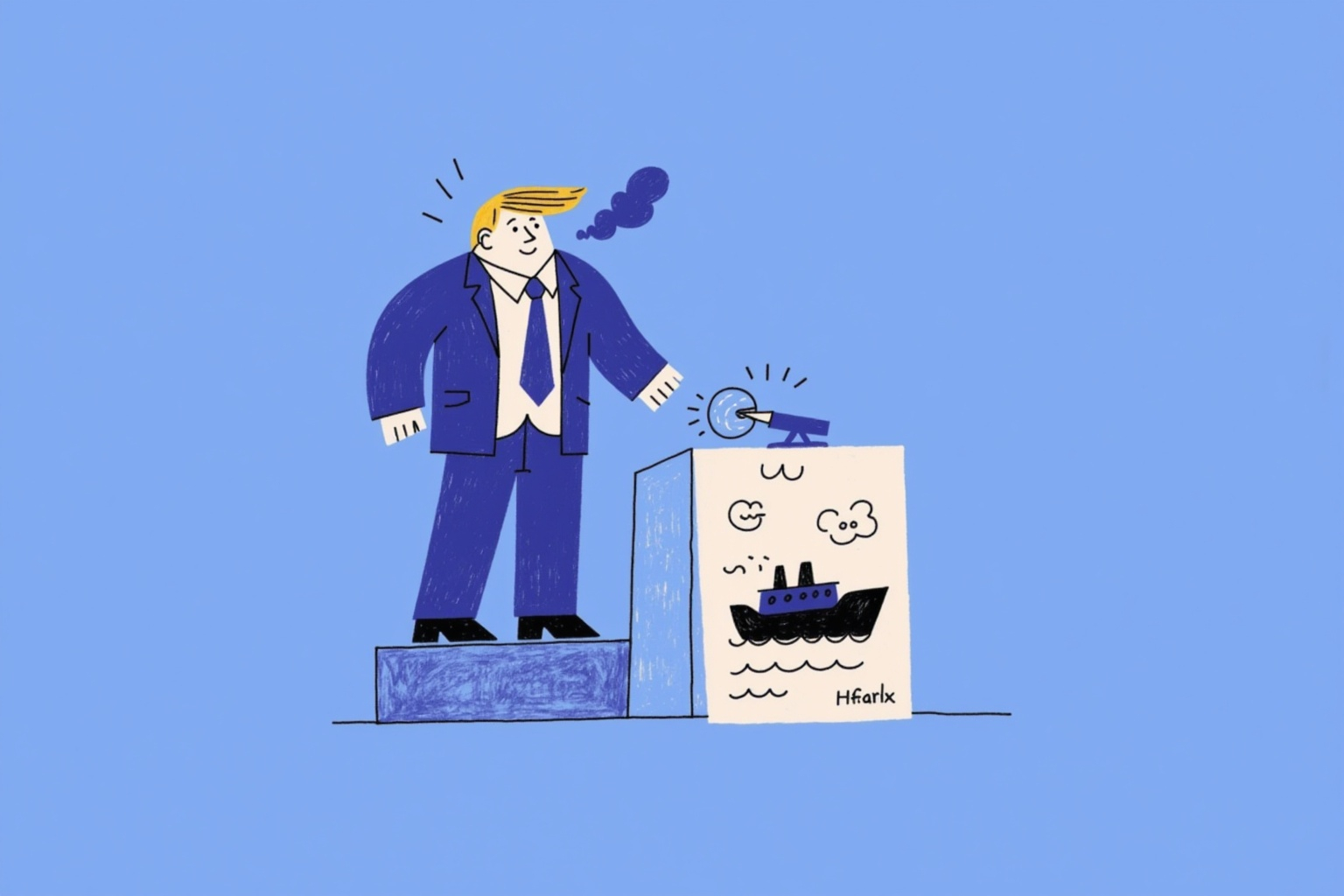New Trump Tariffs Explained
The recent enactment of new tariffs by President Trump has caused significant uncertainty and concern in U.S. markets. As a global supply chain management firm with decades of experience importing goods into the U.S., Klugonyx believes that while these tariffs will affect U.S. brands, most will continue operating without major disruptions. Some inflation is expected as higher costs are passed on to consumers. However, robust manufacturing abroad—particularly in China—is likely to adapt to these changes.
Key Points for U.S.Businesses:
- Delayed Tariffs: The 25% tariffs on Canadian and Mexican goods have been delayed by 30 days
- New China Tariffs: A 10% tariff on goods made in China went into effect on Tuesday
- Additional Tariffs: These new measures are in addition to the tariffs imposed on China during President Trump's first term
- De Minimis Loophole Closed: The new tariff law eliminates the “de minimis” tariff exemption, which previously allowed goods valued at less than $800 to enter the U.S. duty-free. This change is among the most impactful updates to tariff regulations this week
- Don’t Panic: Businesses navigated tariff challenges during Trump’s first presidency, and those who adapted emerged strong
Let’s take a closer look at the tariff news that unfolded this week:
Canada and Mexico Tariffs
The planned 25% tariffs on imports from Canada and Mexico went into effect on Saturday, 2/2. By Monday, Canada announced retaliatory tariffs on various U.S. goods, with Mexico making similar promises. However, as panic gripped U.S.markets, these tariff threats were rolled back on Tuesday. The tariffs have been delayed by 30 days to allow time for negotiation.
President Trump has used the threat of tariffs as a political tool in the past, and this delay could signal that with increased border security, these tariffs might never be implemented. Klugonyx will closely monitor the situation and provide updates over the next 30 days.
China Tariffs
President Trump imposed a new 10% tariff on Chinese-made goods, which went into effect on 2/4. These tariffs are more extensive than the Section 301 tariffs implemented during his first administration. With these new measures,some products will face tariffs as high as 35%, combining the previous 7.5%-25% tariffs with the new 10% addition.
A major update in the new tariff law is the removal of the “de minimis” tariff loophole, which allowed shipments valued under $800 to enter the U.S.duty-free. This change significantly impacts brands like Temu and Shein, which relied on the de minimis exemption for direct-to-consumer shipping from China.This drop-shipping model is expected to face significant disruptions.
With the elimination of de minimis, a substantial number of packages entering the U.S. will now require "formal entry" at customs. Previously, over a billion shipments from China were classified as "informal" under de minimis. It remains unclear whether U.S. Customs is prepared to handle the increased workload, raising concerns about potential shipment delays. On Tuesday, USPS announced it would stop accepting shipments to or from China, only to reverse the decision on Wednesday—highlighting the logistical challenges posed by these new rules.
European Tariffs
President Trump has also threatened tariffs against Europe, though no specific measures have been announced yet. However, European brands manufacturing in China and exporting to the U.S. will now face the new 10% tariff on Chinese-made goods. This includes situations where only part of the shipment originates from China. For instance, an Italian brand shipping premium apparel made in Italy but including sunglasses made in China will face a 10% tax on the entire shipment's value.
Don’t Panic
If your products are manufactured in China, your shipping costs may rises lightly, but this is not uncharted territory. Businesses successfully adapted to similar tariff challenges in 2018 and emerged stronger.
If you're considering diversifying or relocating your supply chain to mitigate tariffs and geopolitical risks, Klugonyx is here to guide you through the process. However, before making any decisions, conduct a thorough cost-benefit analysis. China’s unmatched quality, efficiency, and pricing often remain competitive, even when factoring in the new tariffs.
How Klugonyx Can Help
Klugonyx is closely monitoring the rapidly evolving tariff situation. If you need assistance navigating these changes or exploring alternative solutions,we’re here to help.
Stay tuned for further updates.




